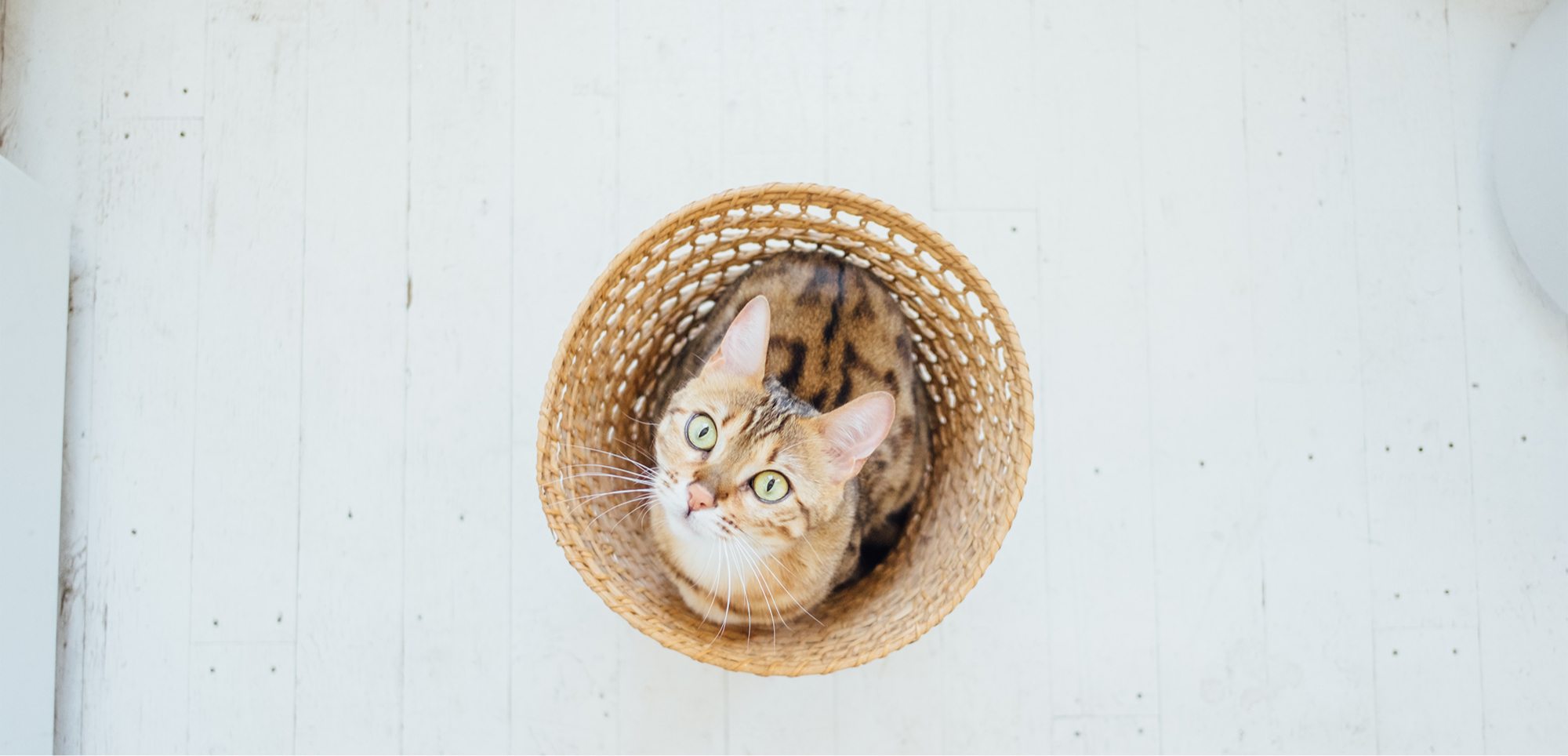The right environment for goats
Goats are highly intelligent, social animals and need an environment that stimulates them both physically and mentally.
The best environment for your goats is one with a substantial space to run and play, with varied terrain and objects to climb on and explore. Their surroundings also need to offer suitable protection from possible dangers and varied environmental conditions, in particular shelter from wind and rain.
Your goats’ environment should:
- Be large enough so that your goat can exercise, explore, play and climb.
- Tree stumps, logs, sturdy huts, raised planks, large tyres and wooden benches are fantastic items for goats to jump and climb on. Remember that goats love to chew, so always check their environment to ensure items provided are suitable for use.
- Have other goats. Goats are very sociable and having companions is important to them.
- The practice of tethering goats is addressed in the Code of Welfare for Goats and there are strict requirements around this if you must tether your goat. There are many dangers associated with tethering goats, such as them becoming entangled. Where possible, allowing goats to range freely and safely on your property is best for your goats

Be enriching
- Goats are curious, playful animals that need to be provided with stimulation to help prevent them getting bored or developing problem behaviours.
- Change your goats’ environment regularly so that there are always new things to investigate.
- Provide different food or present it in creative ways (e.g. hang it from various heights), or give them new objects to investigate.
- Goats can be trained to walk on a lead for short periods, which can be fun. They should be gently encouraged using positive reinforcement only (e.g. stroking or a few treats). Goats must never be pulled along on a lead and it is important to choose head collars or body harnesses that will not harm the goat.

Have adequate fencing
- All fencing for goats must be strong, safe and hard-wearing to prevent your goats escaping.
- Barbed wire or ‘spiked’ paling must not be used as it can result in injury.
- Goats are able to squeeze through hedges, however thick, and climb most banks and stone walls easily.
- Goats can become trapped in unsuitable fencing. Gaps in the fence must be small enough that goats will not get their heads, horns or limbs stuck, and so that any small goats cannot squeeze through.
- Where horned goats are kept, particular care must be taken in choosing the right type of fence (e.g. it is not recommended to use netting-type fencing as the goats’ horns can easily become tangled).
- Monitor your fence boundary for signs of damage or digging underneath. As well as requiring repair, these may be indicators that your goats are bored and need more enrichment.
Be safe
- Your goats’ environment should be free from toxic or hazardous substances or items, for example poisonous plants or sharp nails. Being browsers, goats tend to inspect and nibble/eat most things in their environment.
- Take care not to leave items such as plastic bags in places where goats can access them, as goats will inspect these items and possibly try to eat them. Plastic is indigestible and may cause health problems for your goat.
- Keep extra feed, mineral supplements, grains and cereals well protected and stored safely away from your goats, as they can be too tempting to resist.
Provide shelter
- Goats detest getting wet as they lack natural waterproofing, have a thin coat and have very little fat under their skin, which makes them susceptible to the cold and wind drafts. Regardless of how goats are kept, they require appropriate shelter that they all may access easily at any time.
- Shelter must be able to withstand and provide protection from extreme weather conditions (e.g. primarily wind and rain). It must be of sufficient head height to allow the goats to stand up, and be large enough for them to move around in comfortably and have ample space for all the animals to lie down.
- The shelter should be dry, well ventilated, free of drafts, and have appropriate bedding (e.g. a layer of straw or shavings that provides both insulation and a comfortable resting place). Ensure that the shelter faces away from the prevailing wind. Raising the shelter above the ground will also help to keep it dry.
- Goats also love to rest on raised areas within their shelter. The shelter should be constructed of materials that are easily cleaned to avoid the build-up of parasites and disease causing agents.
- Avoid metal shelters as these are too cold in winter and too hot in summer. Watch the behaviour of your goats to ensure that they are all able to seek shelter safely and comfortably, and if any goats are excluded, additional shelter may be required.
- Goats can wear coats (waterproof and windproof) in bad weather, however coats should be worn in addition to providing shelter. Where coats are used, they should be checked regularly to make sure they fit comfortably and securely without discomfort to your goat.


